Ammoniak – Treibstoff für die Zukunft
- Blog
Der stetig steigende Energiebedarf der globalen Bevölkerung bedarf dringend ein auf Nachhaltigkeit ausgerichtetes Umgestalten der Energiewirtschaft. In den letzten Jahren hat sich Ammoniak als potenzielle Alternative zu Wasserstoff herauskristallisiert, die als Wasserstoffträger und Kraftstoff für Verbrennungsmotoren verwendet werden kann. Das ECFM-3Z (Extended Coherent Flamelet Model 3 Zones), das als effizientes und adäquates Verbrennungsmodell bekannt ist, wurde in der Vergangenheit bereits mehrfach erweitert, um neben den Standardkraftstoffen, auch für alternative und umweltfreundliche Kraftstoffe ein leistungsfähiges Werkzeug zur Simulation der Verbrennung zu sein. Daher war es nur eine Frage der Zeit, dass auch die Simulation der Verbrennung von Ammoniak in ECFM-3Z ermöglicht wurde.a powerful tool to simulate combustion of new environmentally friendly fuels. Hence it was only a matter of time that ammonia combustion was implemented in ECFM-3Z.
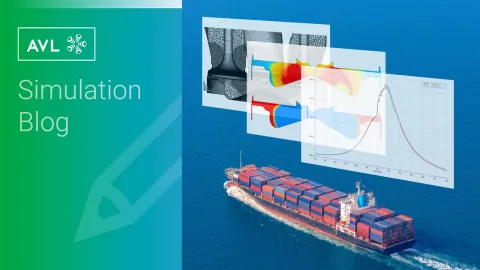
Aufgrund des ständig steigenden Energiebedarfs der Weltbevölkerung ist heute ein dringendes Umdenken in der Energiewirtschaft mit dem Schwerpunkt auf langfristiger Nachhaltigkeit erforderlich. Derzeit wird dieser Bedarf noch größtenteils durch fossile Brennstoffe gedeckt, wodurch die globale Erwärmung als große negative Nebenwirkung verursacht wird. Es wird ein teilweiser oder vollständiger Übergang zu einer kohlenstofffreien Wirtschaft wie der Wasserstoffwirtschaft angedacht. Eine globale Wasserstoffwirtschaft ist jedoch aufgrund von Schwierigkeiten bei der Lagerung und dem Transport schwer realisierbar. Daher hat sich in den letzten Jahren Ammoniak als mögliche Alternative herauskristallisiert, die als Wasserstoffträger und Kraftstoff für Verbrennungsmotoren verwendet werden kann.
Ammoniak bietet gegenüber reinem Wasserstoff mehrere Vorteile: Es hat eine höhere volumetrische Dichte, kann bei Raumtemperatur bei einem Druck von etwa 10 bar verflüssigt werden, und es gibt bereits eine weit verbreitete globale Vertriebsinfrastruktur, da Ammoniak bereits in der Landwirtschaft (Düngemittelproduktion) und in der industriellen Kühlung eingesetzt wird. Aufgrund der niedrigen Entflammbarkeitsgrenze ist es auch sicherer für die Lagerung und den Transport. Seine Verwendung ist jedoch mit Nachteilen wie Toxizität, geringerem Heizwert und langsamerer Brenngeschwindigkeit verbunden.
Der Hauptnachteil der Verwendung von Ammoniak sind die hohen NO-Emissionen, die durch katalytische Reduktion (SCR) in der Abgasnachbehandlung von Verbrennungsmotoren behandelt werden können. Effiziente Verbrennungsmotoren können mit NH3 in einem Zweistoffsystem betrieben werden, entweder mit H2 oder Diesel als Stützkraftstoff und Gasstrahlzündung oder mit Dieseleinspritzzündung als System zur Einleitung der Verbrennung. In beiden Fällen kann die Last durch Variation der eingespritzten Kraftstoffmenge gesteuert werden, wie beim Dieselmotor.
Das ECFM-3Z (Extended Coherent Flamelet Model 3 Zones) hat in der Vergangenheit bereits mehrere Erweiterungen erhalten. In diesem Zusammenhang wird die Erweiterung der Ammoniakverbrennung kurz beschrieben. Die Verbrennung von NH3 zu N2 und H2O ist exotherm:
4 NH3 + 3 O2 => 2 N2 + 6 H2O
Für die Ermittlung der NO-Emissionen wird der bestehende thermische NO-Mechanismus (Zeldovich) verwendet und die dafür erforderlichen atomaren Spezies werden mittels eines chemischen Gleichgewichtsmechanismus bestimmt.
Das neu angepasste ECFM-3Z kann für verschiedene Verbrennungssysteme verwendet werden: reine fremdgezündete NH3-systeme, Systeme mit NH3, die sowohl durch Selbstzündung von Dieselkraftstoff gezündet werden als auch eine Kombination von Systemen mit NH3/H2/CH4 (oder einem anderen Kohlenwasserstoff) als Hauptkraftstoff, der wiederum mit Diesel gezündet wird.
Ammoniak kann sowohl für Fremdzündungs- (SI) als auch für Selbstzündungsmotoren (CI) verwendet werden. Für Dual-Fuel-Anwendungen können NH3 und zusätzliche Kraftstoffe in Ottomotoren (Wasserstoff oder Benzin) und in Kompressionsmotoren (DME oder Diesel) verwendet werden.
In dieser Studie wurde ein Motor untersucht, der mit diesel-gezündetem Ammoniak betrieben wurde. Dieser Motor diente als guter Validierungsfall, wobei mehrere Betriebsbedingungen numerisch getestet wurden und ein spezieller Betriebspunkt (1350 U/min, Lambda =1,9) für die Kalibrierung des numerischen Modellaufbaus verwendet wurde. Es wurde ein Ammoniak-Energieanteil von 80 % berücksichtigt (20 % Diesel, 80 % Ammoniak). Um die Simulationsdauer zu optimieren, wurde der verwendete Motor als 40°-Segment mit einem strukturierten Netz modelliert (siehe Abbildung 1).
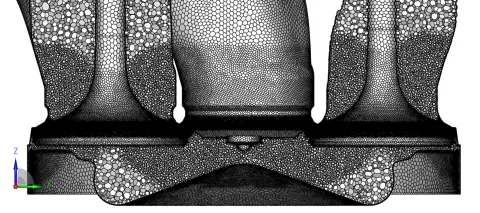
Für dieses Betriebskonzept wurde eine Kraftstoffeinspritzung simuliert, wobei die Einspritzung von flüssigem Diesel mit dem Lagrange‘schen Tropfenmodell berechnet wurde. Ammoniak lag in gasförmiger Form (vorgemischt mit Luft) im Zylinder vor. Nach der Einspritzung löst die durch die Selbstzündung des Diesels freigesetzte Wärme die Verbrennung des Ammoniaks in der Brennkammer aus. Die vollständige Abfolge der Ereignisse, Einspritzung, Zündung und Verbrennung im Motor ist in der Animation in Abbildung 2 dargestellt.
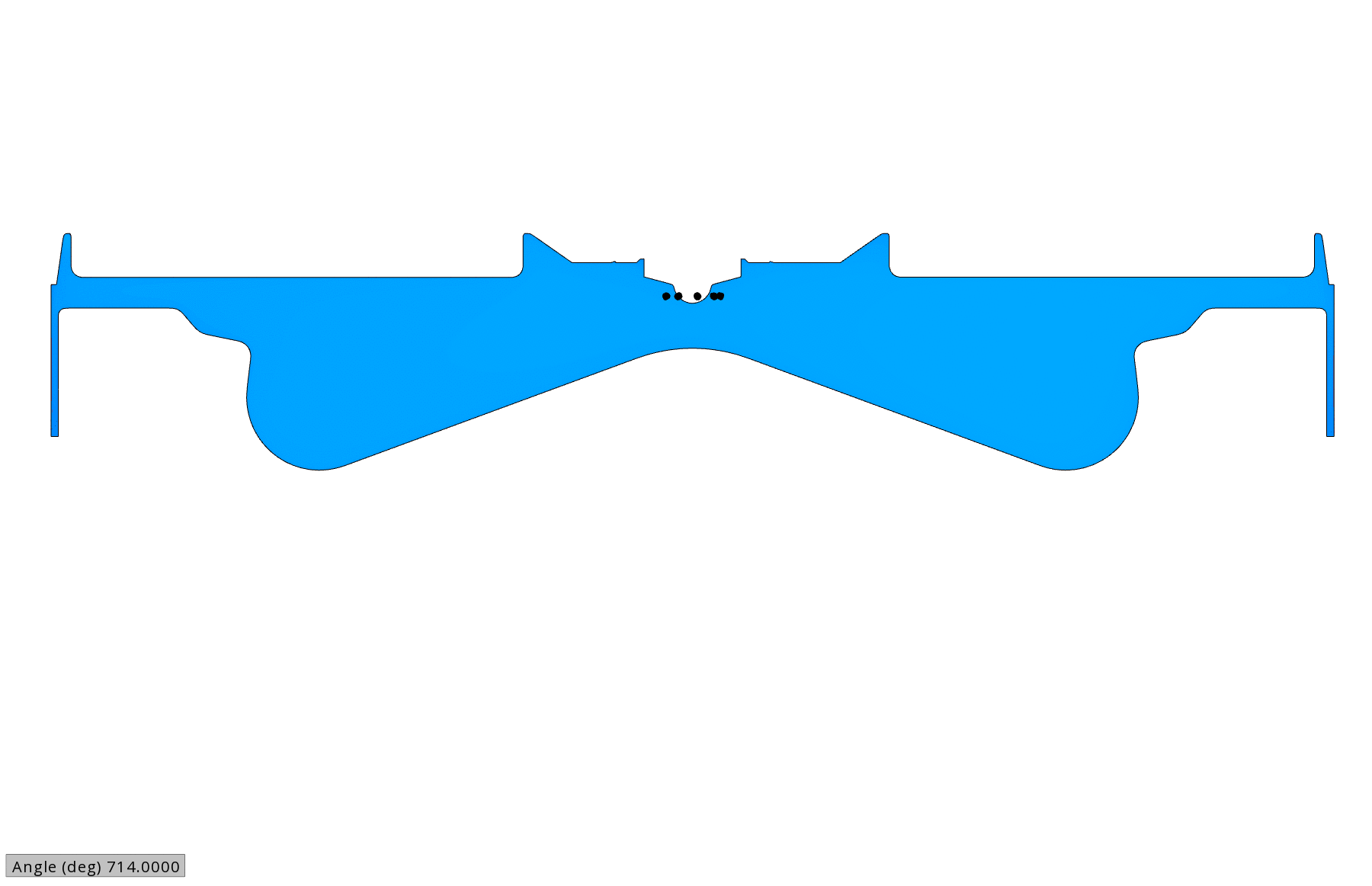

Abbildung 3 zeigt die Übereinstimmung zwischen den aus der 3D-CFD-Simulation (AVL FIRE™ M) gewonnenen mittleren Druckkurven und der Messung des vorliegenden Motors.
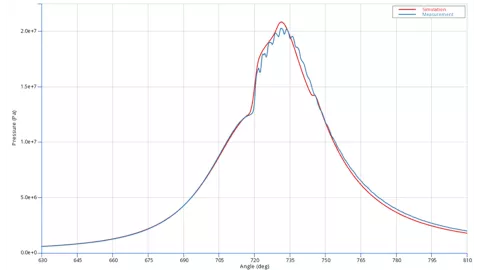

The ECFM-3Z model in FIRE M offers the user the possibility to simulate ammonia combustion quickly, efficiently and robust. The simulation time is comparable to that of conventional gasoline and diesel engine simulations using ECFM-3Z models and way faster than GGPR simulations. The results show good agreement with reference data.
The solution in FIRE M therefore supports all common ignition concepts: spark ignition, micro pilot compression ignition and auto-ignition with external combustion promoters. This makes the new ECFM-3Z model applicable to all ammonia combustion concepts currently under consideration.
Verpassen Sie keinen Simulations Blog
Melden Sie sich noch heute an und bleiben Sie informiert!
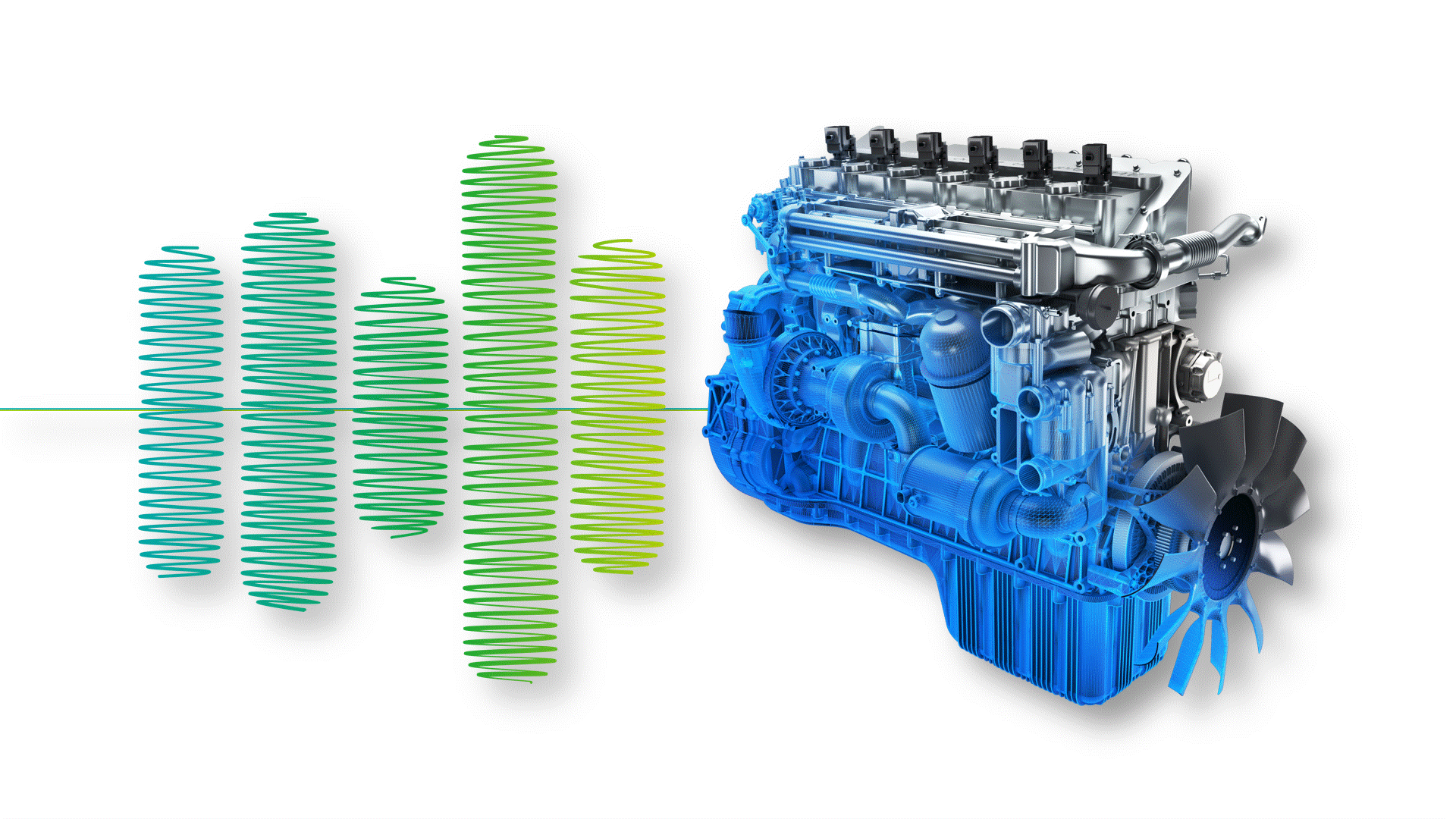
Der Schwerpunkt dieses Teils unserer Veranstaltungsreihe liegt auf dem vielversprechenden Potenzial alternativer Kraftstoffe für Verbrennungsmotoren. Dieser kann Mobilität in schwer zu elektrifizierenden Sektoren ermöglichen und gleichzeitig die Treibhausgas- und Schadstoffemissionen deutlich reduzieren.
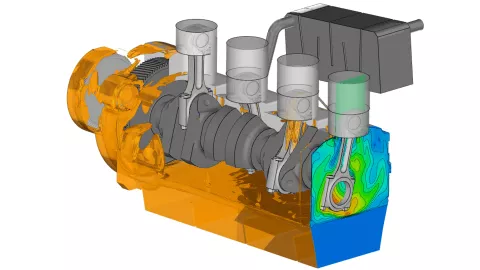
Während Elektrofahrzeuge das Gespräch über nachhaltige Mobilität beherrschen, ist die Elektrifizierung für bestimmte Sektoren in absehbarer Zeit nicht in Sicht.
Verpassen Sie keinen Simulations Blog
Melden Sie sich noch heute an und bleiben Sie informiert!